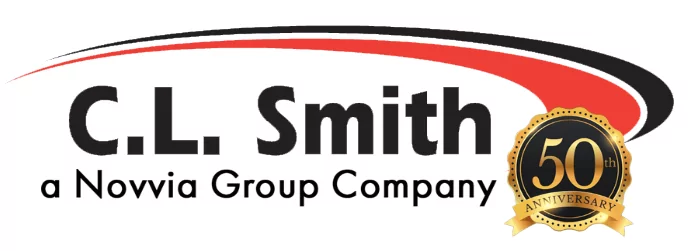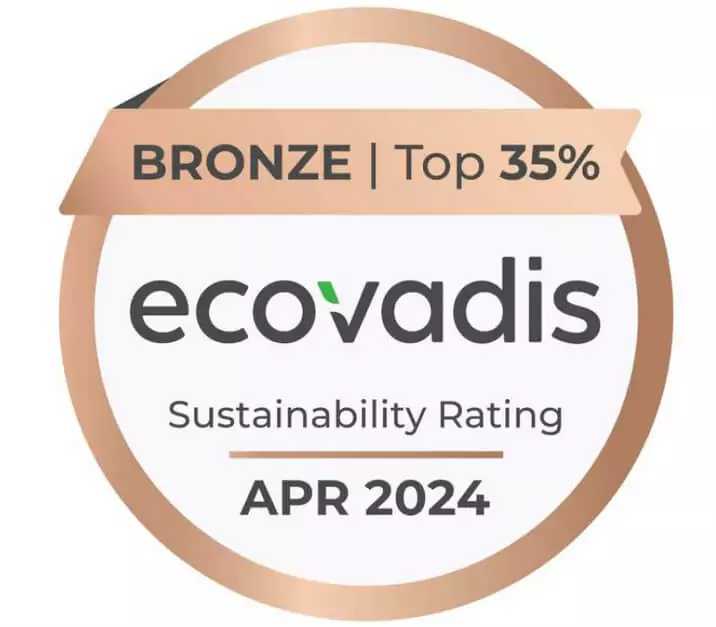Comparing Lithium Cells: Which Technology Reigns Supreme for Global Buyers?
In today's rapidly evolving energy landscape, lithium cells have emerged as a pivotal technology, powering everything from smartphones to electric vehicles. As global buyers increasingly seek efficient and reliable energy storage solutions, the challenge lies in navigating the diverse landscape of lithium cell technologies available in the market. This blog aims to dissect the various types of lithium cells, examining their unique characteristics, performance metrics, and applications to determine which technology truly reigns supreme.
By providing a comprehensive comparison, readers will gain insights into the strengths and weaknesses of different lithium cell technologies, enabling informed decisions for their specific needs. Join us as we delve deep into the world of lithium cells and uncover the best options for both consumers and industries alike.
The Evolution of Lithium Cell Technologies: A Historical Perspective
The evolution of lithium cell technologies has been marked by a relentless pursuit of efficiency, energy density, and sustainability. In the early days, traditional lithium-ion cells dominated the market, characterized by their relatively high energy capacity and lightweight design. However, as the demand for more powerful batteries surged—driven by emerging technologies such as electric vehicles and advanced electronics—researchers began to explore alternative approaches.
Innovations like lithium polymer and lithium iron phosphate (LiFePO4) cells emerged, offering improved safety and thermal stability, making them suitable for applications requiring long life cycles and reliability.
Over the years, the focus has shifted not only towards enhancing performance but also towards sustainability. With growing environmental concerns, next-generation lithium technologies, such as lithium-sulfur and lithium-silicon batteries, have gained attention for their potential to provide higher energy densities and reduced carbon footprints. These advancements are paving the way for a future where lithium cells are not only more efficient but also more environmentally friendly, catering to a global marketplace increasingly driven by ecological considerations.
As the lithium cell landscape continues to evolve, it remains essential for buyers to stay informed about these innovations and their implications for various applications.
Key Players in the Lithium Cell Market: Who's Leading the Charge?
The lithium cell market is shifting rapidly as electric vehicle (EV) adoption soars globally, with critical players emerging to redefine the landscape. According to the latest insights, the lithium-ion battery market is projected to surpass $400 billion by 2035, underscoring the competitive pressure manufacturers face, particularly those outside China. The drive for innovation in battery chemistry, propelled by trends in electric mining vehicles, suggests that the future of battery technology is not only about performance but also sustainability, impacting the entire value chain.
Leading the charge in this evolving market are key players recognized for their aggressive strategies and technological advancements. A thorough analysis of the sector reveals that the rising demand for lithium-ion batteries is supported by substantial regional investments. Reports highlight four major companies at the forefront of this race, demonstrating how strategic initiatives and financial models are crucial as global consumers seek reliable and cost-effective options. As countries like the United States aim to catch up with established leaders while exploring domestic production, the competitive dynamics of the lithium cell market are becoming increasingly complex and exciting.
Comparative Analysis: Lithium Ion vs. Lithium Polymer vs. Lithium Iron Phosphate
When it comes to lithium cell technologies, buyers must navigate a complex landscape of options, each with distinct advantages and disadvantages. Lithium-ion (Li-ion) batteries have long been the gold standard in consumer electronics and electric vehicles due to their high energy density and relatively low self-discharge rate. They excel in applications where power and efficiency are paramount. However, their reliance on liquid electrolytes makes them vulnerable to overheating and thermal runaway, which has raised safety concerns.
On the other hand, lithium polymer (LiPo) batteries are known for their lightweight and flexible form factors, making them a popular choice in drones and wearable devices. Unlike Li-ion cells, LiPo batteries use a gel-like electrolyte, which enhances their safety profile and allows for varied shapes and sizes. They offer lower energy density than Li-ion, but the trade-off is often worth it for specific applications where space and weight are critical.
Lithium iron phosphate (LiFePO4) batteries provide a different set of benefits, emphasizing safety, longevity, and thermal stability. Though they have a lower energy density compared to Li-ion and LiPo, their robust performance makes them ideal for applications in renewable energy storage and electric buses. Their long life cycle and resistance to extreme conditions position them as a reliable choice for global buyers seeking durable and sustainable energy solutions. Ultimately, the selection of the right technology hinges on the specific requirements of the application at hand.

Cost Considerations: Evaluating Price Versus Performance in Lithium Cells
When evaluating lithium cells, cost considerations play a crucial role in determining the right technology for global buyers. It is essential to strike a balance between price and performance, as these factors directly influence the overall value of battery solutions. The lithium-ion battery market is diverse, with various chemistries such as LFP (lithium iron phosphate), NMC (nickel manganese cobalt), and LCO (lithium cobalt oxide), each presenting unique advantages and cost implications. Buyers must assess their specific requirements, including energy density, cycle life, and thermal stability, alongside the associated costs to make informed decisions.
Performance metrics—such as charge rates, efficiency, and longevity—are critical in the cost-performance evaluation. Higher-performing cells may command a premium price, but their long-term benefits, like reduced replacement frequency and lower total cost of ownership, often justify the investment. By understanding the trade-offs between cheaper options and high-performance batteries, companies can select lithium cells that not only meet their budgetary constraints but also align with their operational demands. Ultimately, a thorough analysis of price versus performance ensures that buyers can confidently invest in the most suitable lithium cell technology for their needs.
Comparing Lithium Cells: Which Technology Reigns Supreme for Global Buyers?
| Cell Type |
Cost per kWh ($) |
Energy Density (Wh/kg) |
Cycle Life (Cycles) |
Charge Time (Hours) |
| Lithium-ion |
$150 |
250 |
500 |
2 |
| Lithium Iron Phosphate |
$120 |
160 |
2000 |
3 |
| Lithium Manganese Oxide |
$140 |
220 |
1000 |
2.5 |
| Lithium Polymer |
$160 |
180 |
300 |
1.5 |
Future Trends: What’s on the Horizon for Lithium Cell Technology?
As the demand for energy storage solutions escalates, lithium cell technology is witnessing rapid evolution, poised to shape the future of various sectors from electric vehicles (EVs) to renewable energy systems. One of the most promising advancements on the horizon is the development of solid-state batteries, which leverage solid electrolytes to enhance safety, energy density, and longevity. By reducing the risk of leakage and thermal runaway, solid-state technology could revolutionize how we approach energy storage, making it a game-changer for consumers and manufacturers alike.

Additionally, innovations in lithium-sulfur and lithium-iron phosphate (LFP) chemistries are gaining traction. Lithium-sulfur batteries, with their high theoretical energy density and lower material costs, hold the potential to significantly extend the range of electric vehicles, promising to alleviate concerns surrounding range anxiety. Meanwhile, LFP batteries are emerging as a frontrunner for energy storage applications, known for their thermal stability and longer cycle life. As manufacturers continue to invest in research and development, we can expect these technologies to not only dominate the market but also pave the way for a more sustainable energy future.












